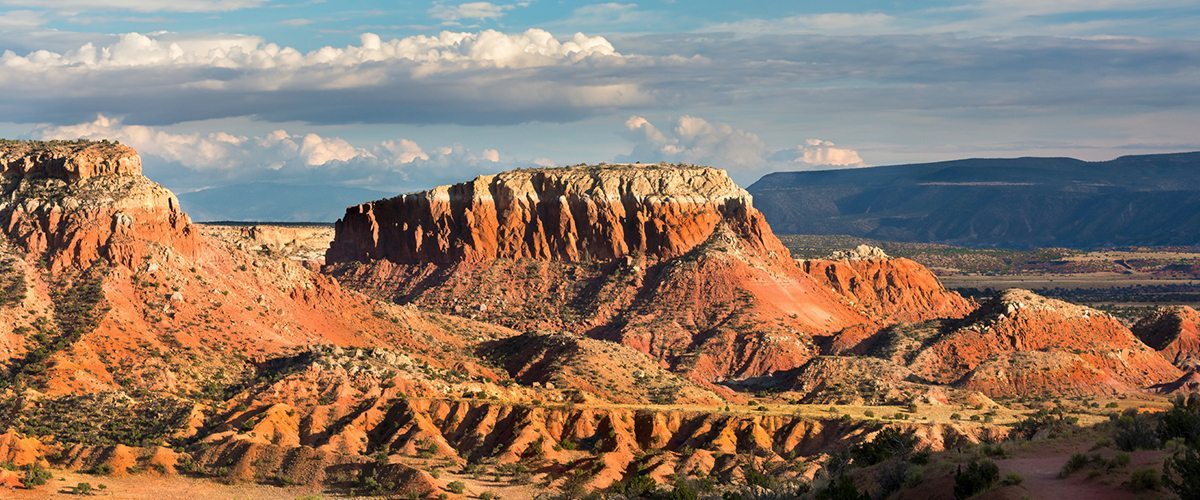The latest market report from New Mexico shows that the number of medical marijuana patients in the state has ballooned exponentially this year.
The number of medical marijuana patients in New Mexico jumped up 70 percent over the past year, Marijuana Business Daily is reporting.
While New Mexico’s medical marijuana program is nearly 10 years old, the number of patients has just recently surged. The state had 14,6000 registered medical marijuana patients in May 2015. That total ballooned to 25,000 by May of this year.
Medical marijuana sales have also jumped, accordingly. The $10 million in sales from this year’s first quarter is nearly double the total from the same period last year.
The latest report released by the state shows that medical marijuana sales in the first quarter of 2015 totaled $5.7 million, compared to this year’s first quarter total of $9.96 million. This year’s first quarter sales put the state on track for close to $40 million in medical marijuana sales for the year.
“Things have taken off,” said Duke Rodriguez, CEO of Ultra Health, a medical marijuana dispensary in Bernalillo. “Demand has been amazing.”
The reason for the boom in new medical marijuana patients is unclear. Rodriguez suspects it may simply be due to more prospective patients learning about the program.
According to the New Mexico Department of Health, the tremendous growth since the first of the year has caused delays in application processing. While the Medical Cannabis Program is in process of hiring to accommodate for the program’s growth, it asks renewal applicants to submit materials at least 60 days before their expiration date.
The increased demand has also put a strain on dispensaries, which are scrambling to keep up.
“We’re stretching product to the max,” said Rodriguez.
As of now, the state has 23 licensed producers that run a total of 37 dispensaries. Twelve additional nonprofits were awarded licenses last year but are still setting up cultivation and dispensary sites.
Rodriguez’s Utah Health serves about 2,000 patients per week, and his store stays open seven days per week to accommodate. Other dispensaries, he points out, simply don’t have the supply to stay open everyday and are sticking to their two to three days per week schedule.
“There are patients who are being turned away at shops,” Rodriguez said.
The state’s program doesn’t have a limit on the number of dispensaries licensed producers can operate, but it does cap cultivation sites to 450 plants each. Lobbyists have been hired by cultivators to try and persuade lawmakers to eliminate the cap so that cannabis business owners can keep up with the growing demand.
New Mexico’s Medical Cannabis Program was voted into law through the Lynn and Erin Compassionate Use Act in 2007. Through the program, patients can legally acquire six ounces of medicinal cannabis (more if authorized by their doctor) for the treatment of amyotrophic lateral sclerosis (ALS), cancer, Crohn’s disease, epilepsy, glaucoma, hepatitis C, HIV/AIDS, Huntington’s disease, inclusion body myositis, inflammatory auto-immune-mediated arthritis, multiple sclerosis, spinal cord damage, peripheral neuropathy, Parkinson’s disease, post-traumatic stress disorder (PTSD), severe chronic pain, severe anorexia, cachexia, spasmodic torticollis, and ulcerative colitis. Additionally, patients on hospice care can be approved for medical cannabis.






